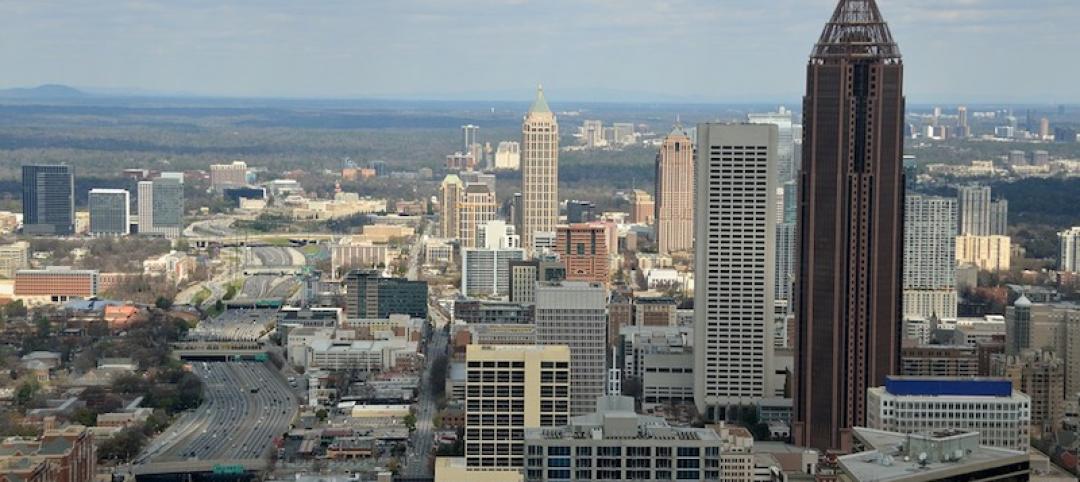The Biden Administration recently released “Decarbonizing the U.S. Economy by 2050: A National Blueprint for the Buildings Sector,” a comprehensive plan to reduce greenhouse-gas (GHG) emissions from buildings by 65% by 2035 and 90% by 2050.
The Blueprint is the first sector-wide strategy for building decarbonization developed by the federal government. It outlines ways to reduce energy in homes, schools, and workplaces.
To reach the emissions reduction targets for the buildings sector, the Blueprint sets four strategic objectives:
• Increasing building energy efficiency
• Accelerating onsite emissions reductions
• Transforming the interactions between buildings and the electricity grid
• Minimizing the emissions from producing, transporting, installing, and disposing of building materials
Each objective has specific performance targets and market, policy, and technology milestones to reach by 2035 and 2050. Meeting these targets will require accelerated deployment of a wide range of decarbonization and energy efficiency technologies. The Blueprint outlines coordinated federal actions that can increase the speed and scale of solutions deployments. Those actions include funding research and development to develop lower-cost technologies, expanding markets for low-carbon technologies, providing direct funding and financing, and supporting the development and implementation of emissions-reducing building codes and appliance standards.
The Department of Energy, a key player in the administration’s decarbonization drive, is focused on building innovations in three pivotal areas: building upgrades, efficient electrification, and smart controls.
Related Stories
Codes and Standards | Mar 5, 2019
Persistent flooding having economic impact on coastal cities
Atlantic City, Annapolis among communities affected.
Codes and Standards | Mar 1, 2019
$1 billion Boston hospital project to include extensive disaster resiliency features
Mass. General expansion will be designed for four days of shelter in place.
Codes and Standards | Mar 1, 2019
U.S. cities have become more dangerous for bicyclists and pedestrians
Reduced speed limits, traffic calming, better education seen as keys to improvement.
Codes and Standards | Feb 28, 2019
High-income renters now the fastest-growing housing market segment
Growth is fastest in mid-sized cities with strong economies.
Codes and Standards | Feb 27, 2019
Katerra launches software platform for ‘entire lifecycle of the building process’
Firm is accepting industry applicants to test the product.
Codes and Standards | Feb 26, 2019
AAMA updates two specifications for test methods related to seismic drift
For evaluating window wall, curtain wall and storefront systems.
Codes and Standards | Feb 22, 2019
California’s carbon reduction goals to be aided by programs to convert heating, hot water systems
Switch from propane to electricity is critical to plan.
Codes and Standards | Feb 21, 2019
Researchers develop software that can calculate potential solar energy yield at any location
Accounts for dynamic shading from trees, buildings and other structures.
Codes and Standards | Feb 20, 2019
Hospitals not making much progress in reducing their carbon footprint
Energy benchmarking survey shows flat emissions pattern over past 20 years.
Codes and Standards | Feb 15, 2019
Super Bowl stadium helps alleviate Atlanta’s flood problems
Capacity to store more than 2 million gallons of storm water on site.

















